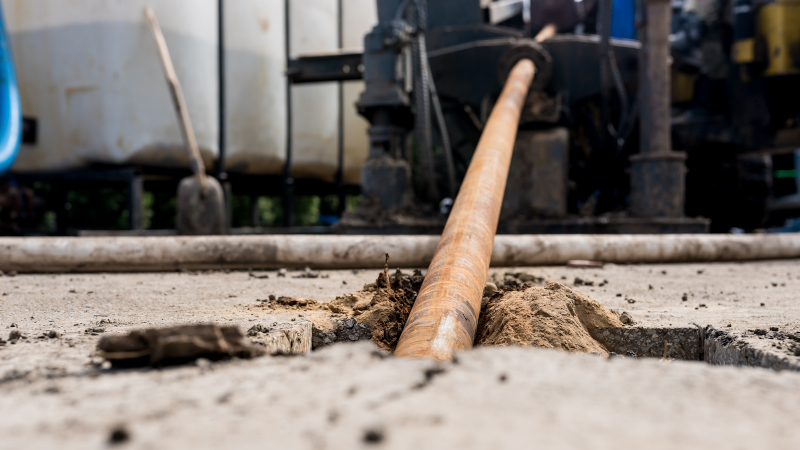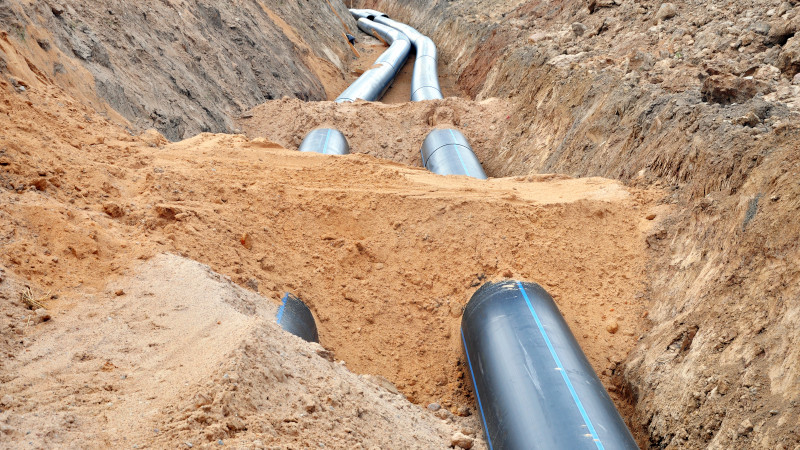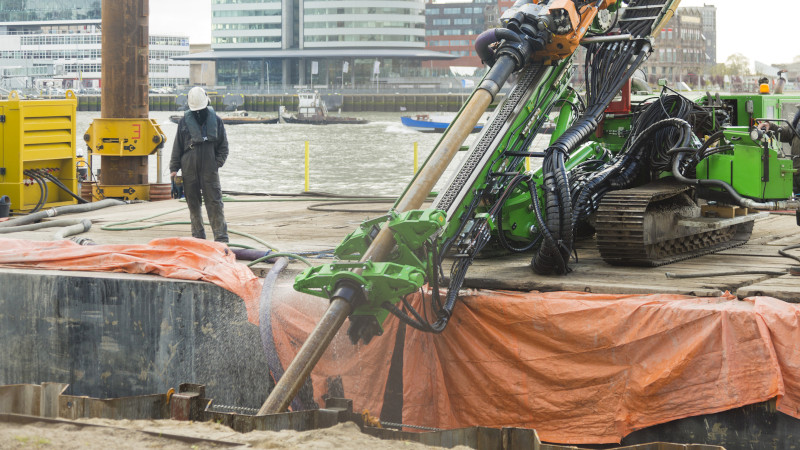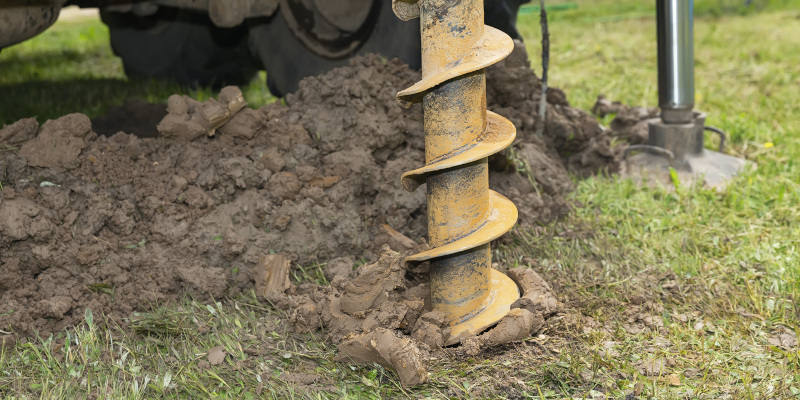What Is Directional Boring and What Is it Used For?
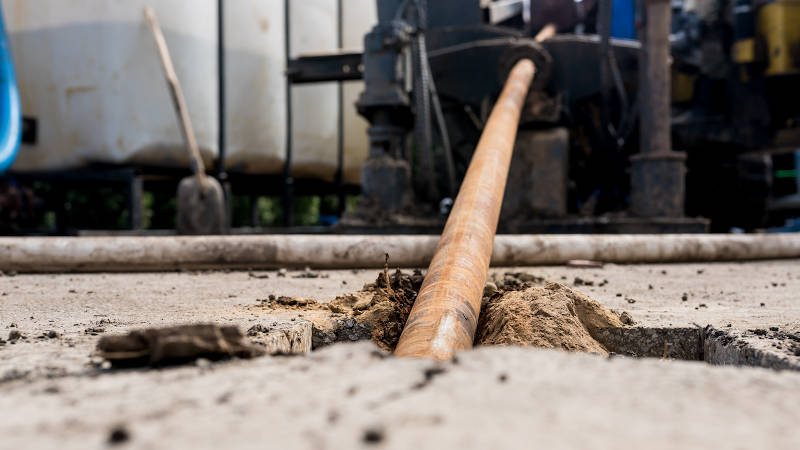
Directional boring is a term that you may have encountered without fully knowing what it means. If you want more information about this technique or what it is used for, we encourage you to keep reading.
What Is Directional Boring?
Directional boring goes by many names, such as horizontal directional drilling (HDD), slant drilling, or deviated drilling. All these terms refer to a method of trenchless technology—in other words, a way to dig tunnels under the earth instead of having to dig a trench down from the surface. In directional boring, pilot holes are first dug down from the surface at predetermined points, and then a boring machine is used to dig a tunnel between them.
What Is Directional Boring Used For?
Directional boring has many applications. For example, it is used extensively in the oil and gas industries to drill through rock and reach deposits of these resources. However, most people who are familiar with this technique probably know it from its use in the construction industry. Directional boring is highly useful for installing pipelines and other utilities, as it allows the pipes or wiring to be installed without having to disturb the ground above. This technique is especially useful for making crossings under rivers or roads, or for getting around other existing structures or obstacles—if a city needs to install new pipes under a road, for instance, its engineers can use directional boring to do so without having to close the road or dig it up first.

